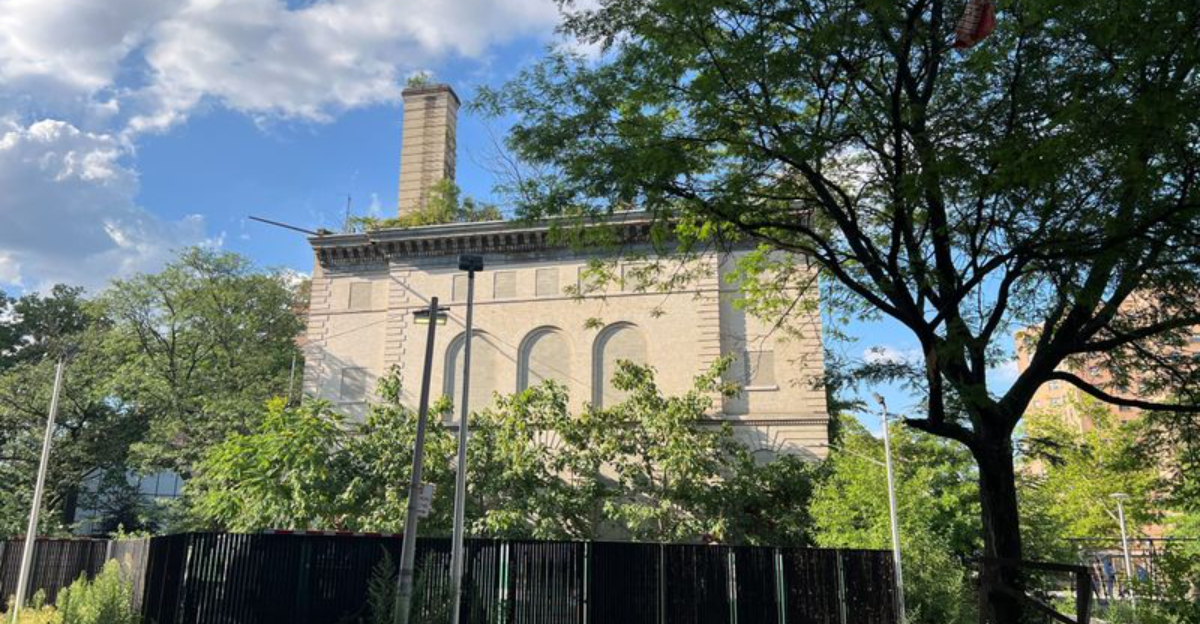In the heart of Manhattan, where skyscrapers now pierce the sky, there once stood a different kind of architectural grandeur. The wealthiest industrialists of America’s Gilded Age and beyond constructed lavish mansions, each a testament to their incredible fortunes and opulent lifestyles.
These historic homes are more than architectural masterpieces—they are symbols of the power and influence wielded by the titans of industry who shaped American history. Join us as we explore 20 magnificent mansions, unveiling the extravagant designs and fascinating stories of their creators.
1. Vanderbilt Mansion
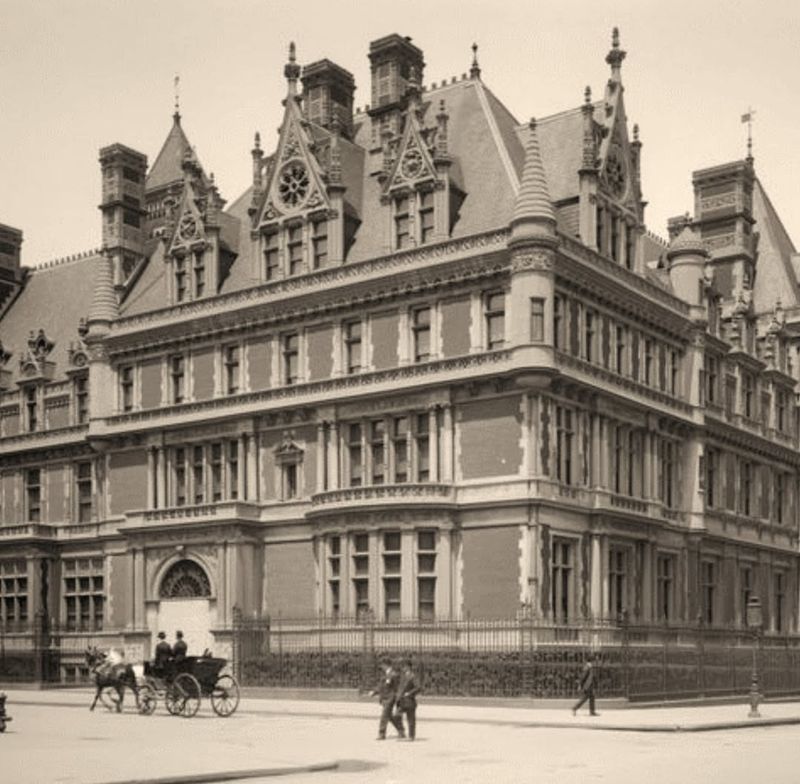
This mansion isn’t just a home—it’s the birthplace of a legacy that built an empire! Constructed in 1882, the Vanderbilt Mansion was commissioned by the railroad magnate Cornelius Vanderbilt. The Beaux-Arts architectural style reflects his immense wealth and vision.
Featuring grand staircases and intricate ceilings, this mansion was a hub for high society gatherings. It’s said that the materials used were so rare, it cost more than a skyscraper of its day.
2. Carnegie Mansion
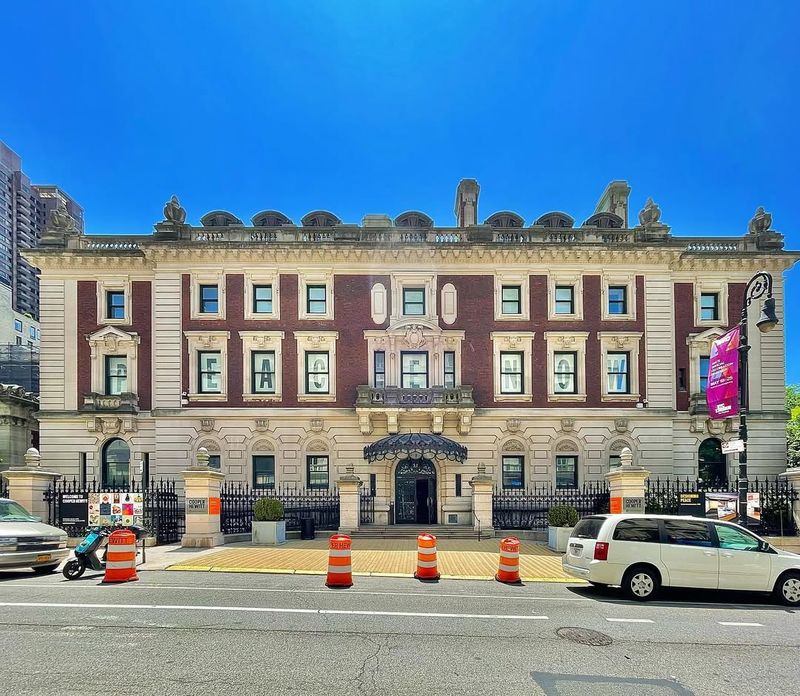
When the steel magnate sought a palace, this masterpiece was born. Andrew Carnegie’s Neo-Classical mansion, built in 1902, stands as a symbol of industrial success and philanthropic vision. The mansion’s elegant columns and expansive gardens speak to Carnegie’s refined taste.
It has become a beacon of cultural significance, now housing the Cooper Hewitt, Smithsonian Design Museum. Known for its lavish soirées, it echoes the grandeur of The Great Gatsby era.
3. Frick Mansion
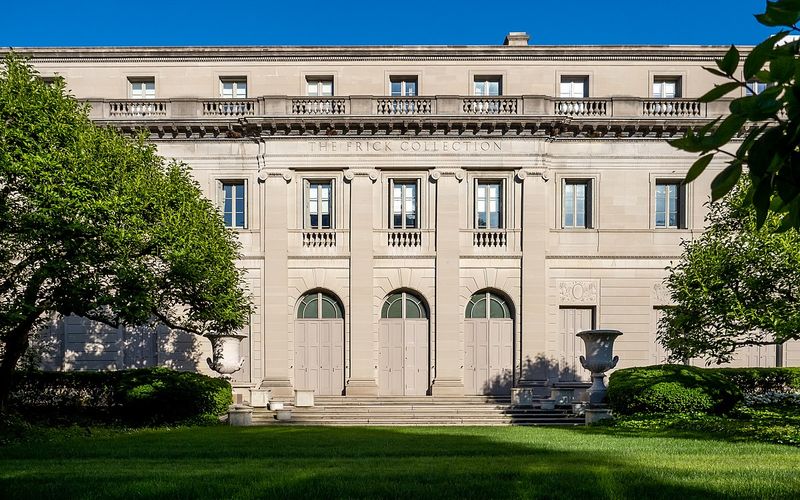
This mansion was not just a residence but a canvas for unparalleled art collections. The Frick Mansion, completed in 1914 for Henry Clay Frick, showcases the elegance of the Gilded Age. Its opulent interior is adorned with masterpieces from Vermeer to Rembrandt.
This Beaux-Arts structure, with its serene garden, became a cultural cornerstone, reflecting Frick’s passion for art and luxury. The mansion’s influence endures, now serving as the Frick Collection museum.
4. Astor Mansion
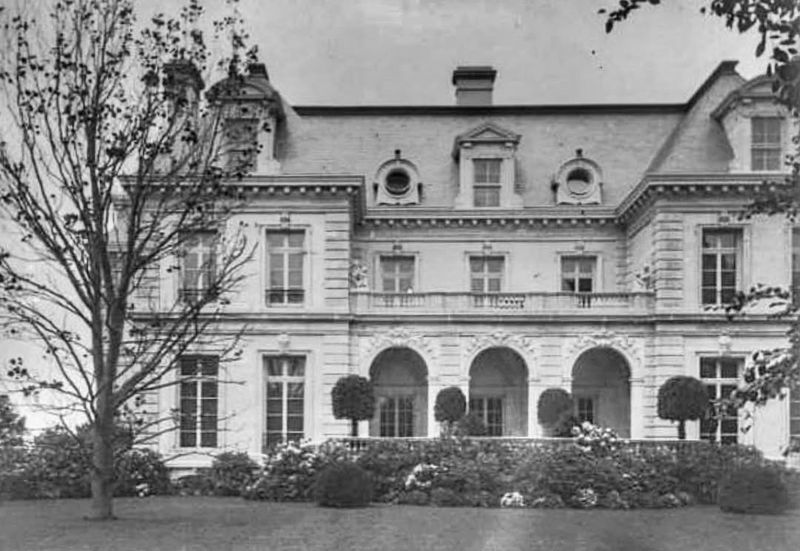
The Astor Mansion, built in 1896 by the illustrious Astor family, is the epitome of Renaissance Revival splendor. Its sculpted facades and ornate detailing mirror the family’s social standing and influence. Known as “Astor’s Folly,” the mansion was a hub for New York’s elite.
This architectural jewel set a new standard for luxury, becoming a landmark that celebrated the Astors’ extravagant lifestyle and societal contributions.
5. Morgan Mansion
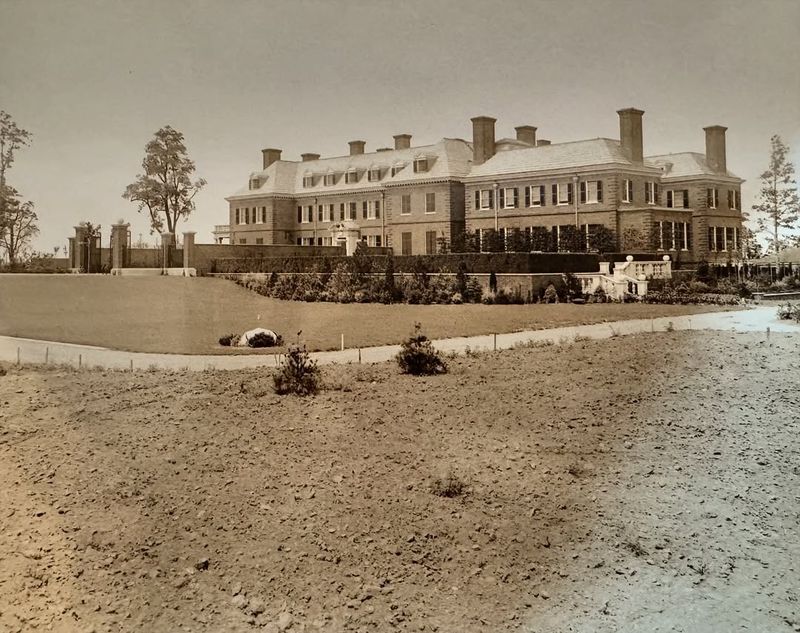
In 1906, J.P. Morgan commissioned this Neo-Renaissance marvel, a reflection of his financial empire and cultural influence. The Morgan Mansion’s intricate stonework and expansive courtyards highlight its architectural brilliance.
Serving as a private library and treasure trove of rare collections, the mansion became a cultural beacon. It was a venue for pivotal gatherings and decisions that shaped industries. Today, it continues to inspire as a testament to Morgan’s legacy.
6. Rockefeller Mansion

John D. Rockefeller’s Georgian-style mansion, completed in 1913, is a testament to his business acumen and philanthropy. Surrounded by manicured gardens, the mansion’s elegance and sophistication reflect Rockefeller’s vast influence.
This sprawling estate became a symbol of the Rockefeller legacy, hosting charitable events and dignitaries. Its architectural beauty and cultural significance have left an indelible mark on Manhattan’s landscape, showcasing a blend of wealth and benevolence.
7. Gould Mansion
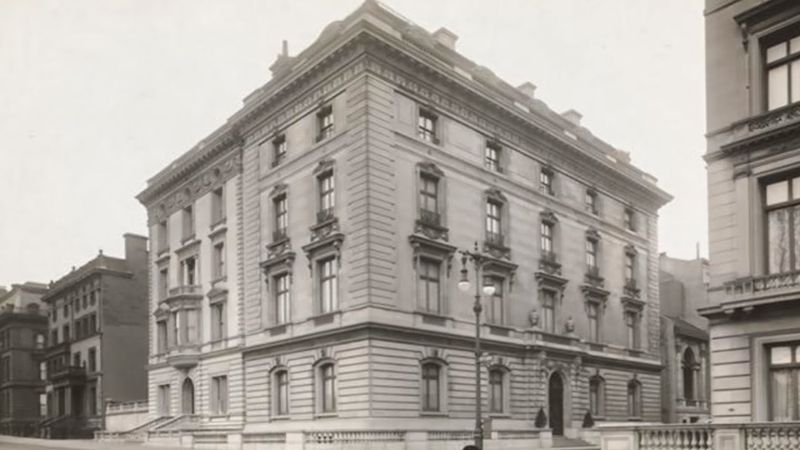
This stately Victorian mansion, built by railroad magnate Jay Gould in 1880, is a testament to his formidable wealth and influence. Adorned with elaborate woodwork and historical charm, the Gould Mansion captured the essence of the Victorian era.
Its intricate details and opulent interiors served as the backdrop for strategic gatherings that influenced industries. Known for its lavish parties, the mansion remains a symbol of Gould’s legacy and the opulence of the Gilded Age.
8. Whitney Mansion
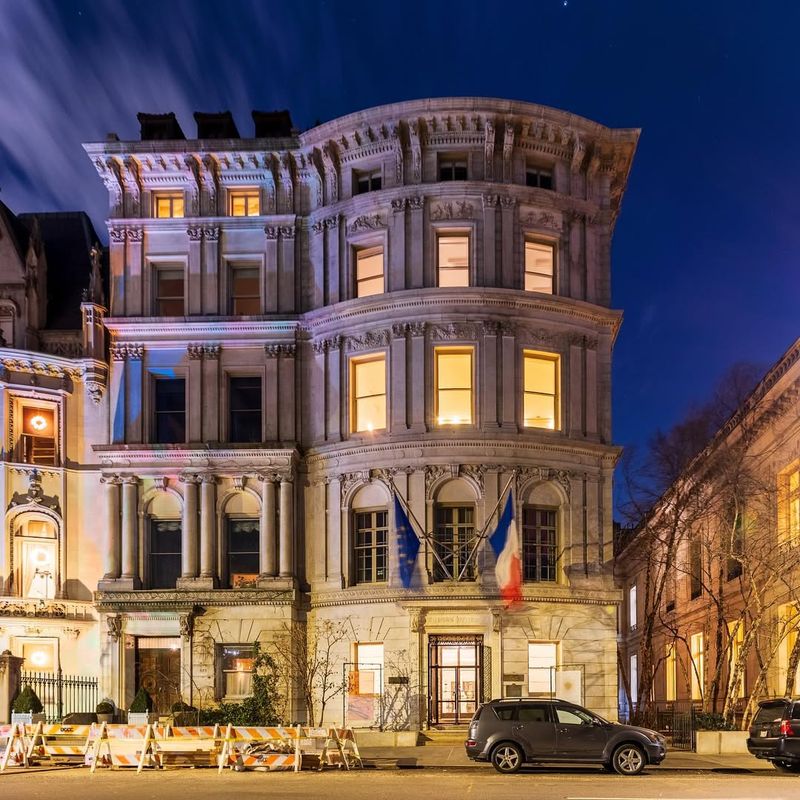
The Whitney Mansion, completed in 1929, is a modernist masterpiece commissioned by art patron Gertrude Vanderbilt Whitney. Its sleek lines and innovative design reflected the family’s pioneering spirit in the modern art world.
The mansion served as a cultural hub, hosting artists and intellectuals who shaped contemporary art. As a precursor to the Whitney Museum, it showcased the family’s commitment to promoting new artistic visions and continues to inspire creative expressions today.
9. Woolworth Mansion
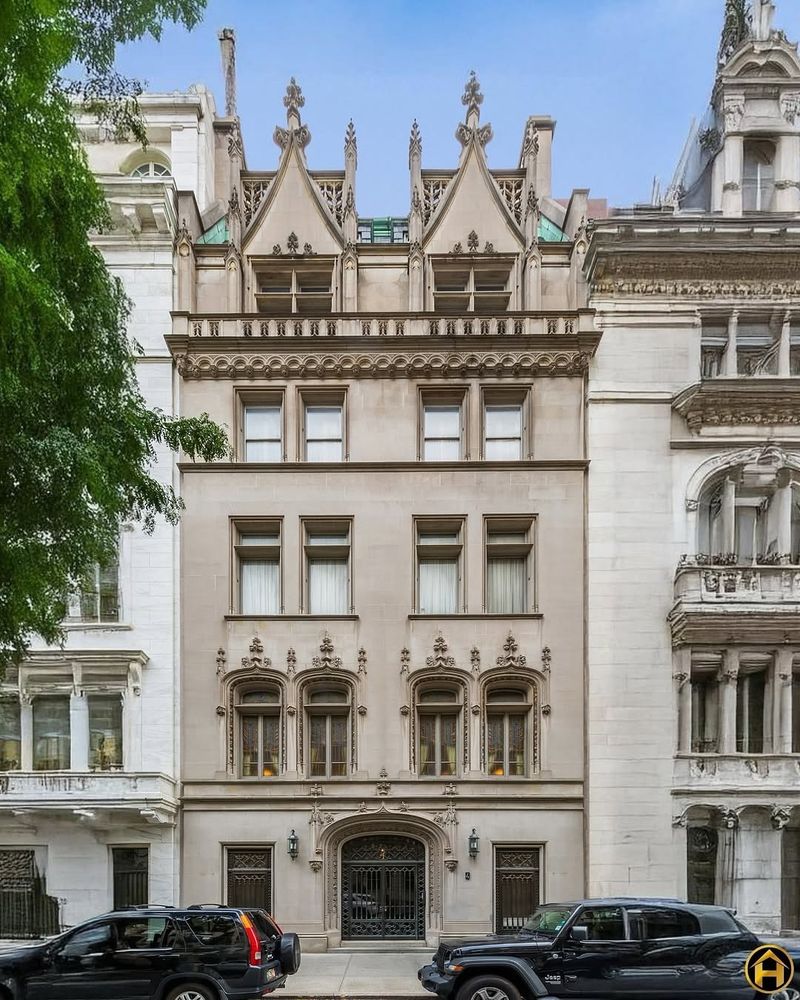
In 1916, the Woolworth Mansion rose as a Gothic Revival marvel, reflecting Frank Woolworth’s retail empire. Its towering spires and intricate stone carvings showcase dramatic architecture.
As a symbol of Woolworth’s innovative spirit, the mansion hosted grand gatherings that celebrated commerce and art. Its legacy endures in the narrative of American entrepreneurship, illustrating the grandeur and ambition that defined an era of retail transformation.
10. Duke Mansion
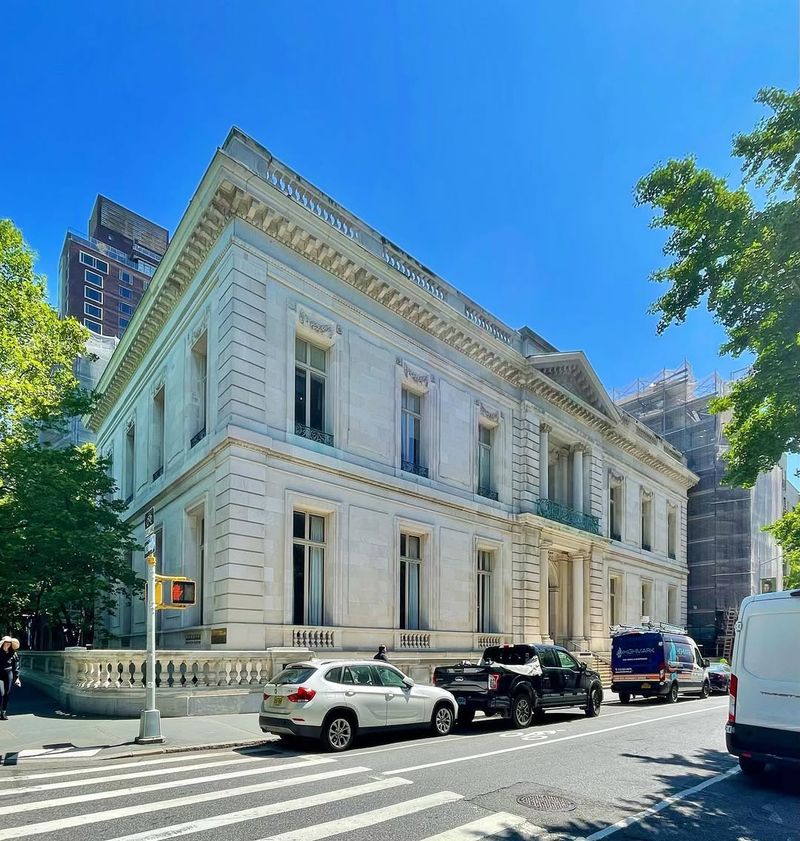
Built in 1901, the Duke Mansion epitomizes Colonial Revival elegance. Surrounded by lush gardens, its elegant columns and timeless beauty reflect the Duke family’s influence and philanthropy.
This mansion was a center for social gatherings and philanthropic initiatives, embodying the family’s commitment to community and culture. Its architectural charm and historical significance continue to resonate, reminding us of the lasting impact of the Dukes on Manhattan’s heritage.
11. Flagler Mansion
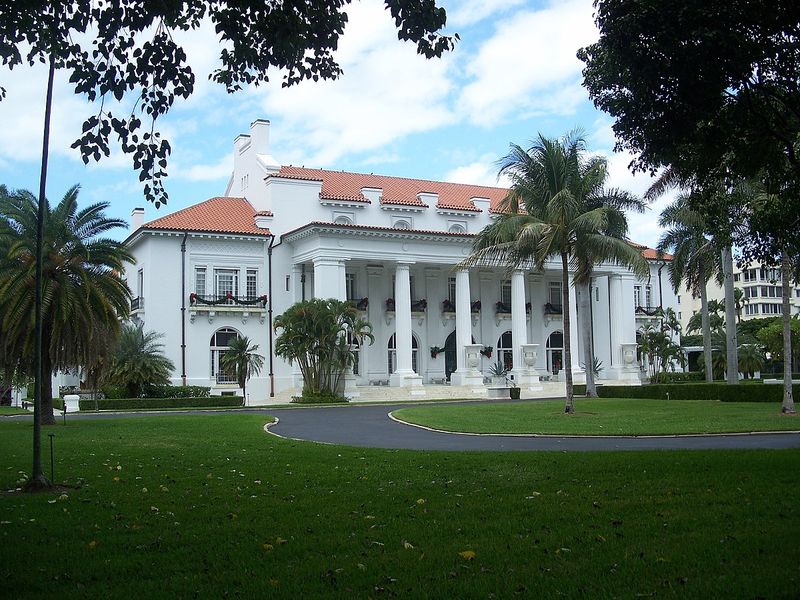
The Flagler Mansion, completed in 1905, stands as a Beaux-Arts beacon of luxury and innovation. Built by oil magnate Henry Flagler, its opulent interiors and architectural splendor reflect his pioneering role in luxury real estate.
The mansion’s historical prominence is tied to Flagler’s vision of grandeur, influencing the development of monumental estates. As a venue for extravagant events, it embodied the opulence and ambition of the era.
12. Guggenheim Mansion
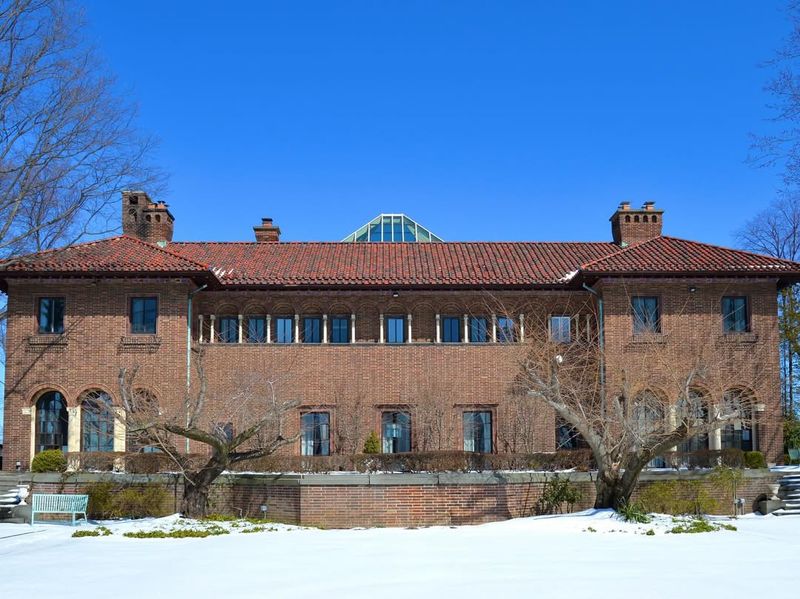
The Guggenheim Mansion, an Art Deco masterpiece, was completed in 1928. Commissioned by the visionary Solomon R. Guggenheim, its bold geometric patterns and luxurious details reflect modern artistic sensibilities.
The mansion served as a cultural nexus, fostering avant-garde art and innovation. Its unique style and connection to the Guggenheim family’s artistic legacy continue to inspire, marking a significant chapter in Manhattan’s architectural and cultural evolution.
13. Huntington Mansion
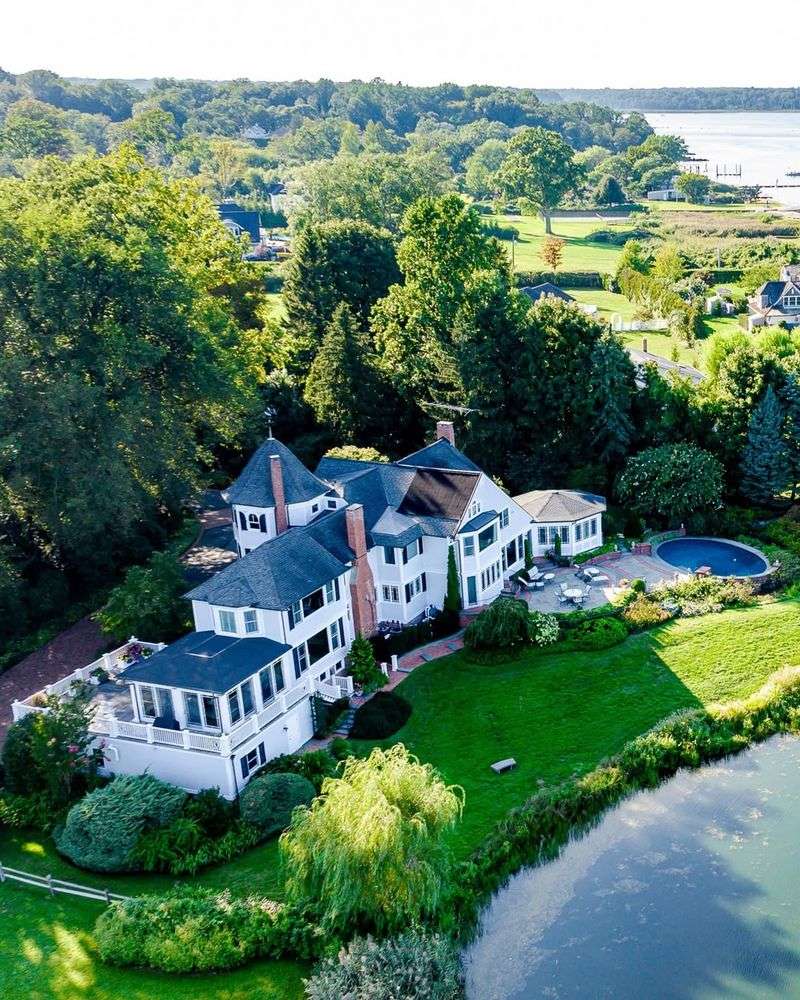
The Huntington Mansion, built in 1900, is a Neo-Classical ode to luxury and art. Surrounded by exquisite gardens, its serene elegance and classical sculptures mirror the refined taste of railroad tycoon Collis P. Huntington.
This mansion was a cultural haven, hosting art collections and intellectual salons that enriched Manhattan’s cultural landscape. Its grandeur and influence endure, reflecting Huntington’s legacy of art patronage and architectural sophistication.
14. Baruch Mansion
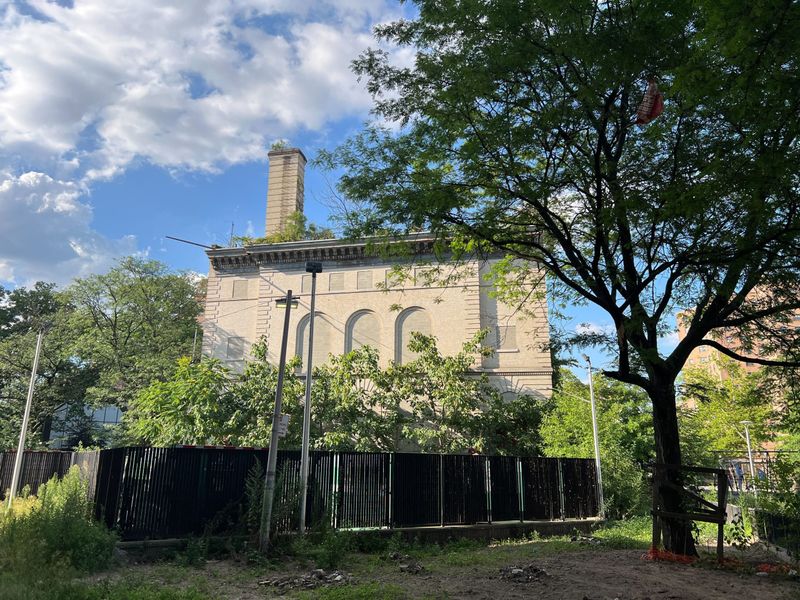
In 1905, the Baruch Mansion emerged as a sophisticated Beaux-Arts gem, reflecting the elegance of financier Bernard Baruch’s lifestyle. Its ornate architecture and lavish interiors became a stage for political and economic discussions that shaped national policies.
The mansion’s historical significance is tied to Baruch’s influential role in public affairs, illustrating a legacy of power and diplomacy that resonates in Manhattan’s storied past.
15. Phipps Mansion
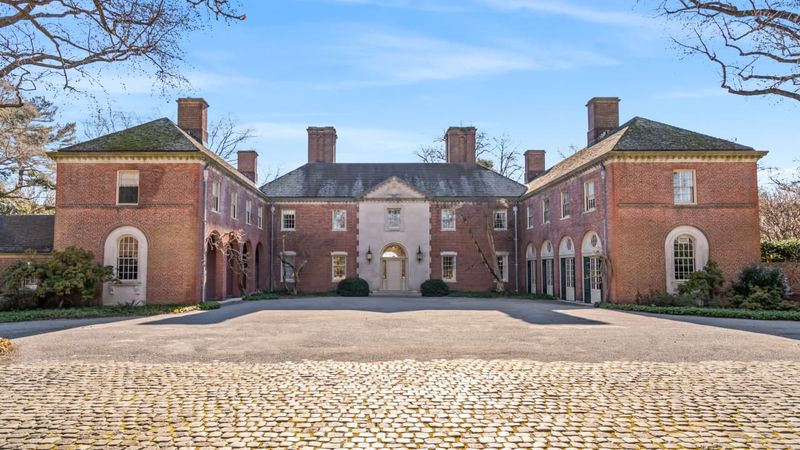
Constructed in 1926, the Phipps Mansion is a Tudor-style testament to luxury and innovation. Built by industrialist Henry Phipps, its intricate woodwork and sprawling estate reflect the family’s influence on urban development.
This architectural gem hosted philanthropic initiatives and social events that shaped community advancement. The mansion’s distinct charm and legacy of benevolence continue to inspire, highlighting the Phipps family’s impact on Manhattan’s growth.
16. Sloane Mansion
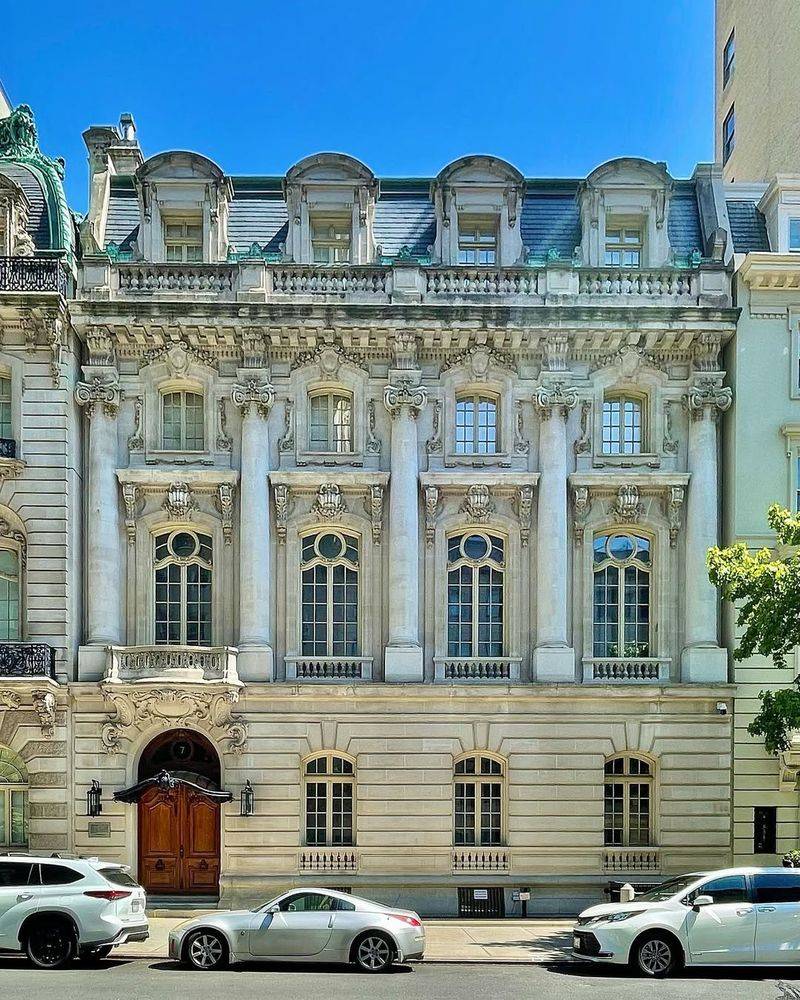
The Sloane Mansion, completed in 1910, is a Neo-Gothic marvel, capturing the dramatic architecture favored by the Sloane family. Its opulent interiors and grandeur reflect the Sloanes’ cultural significance and societal contributions.
Known for lavish events, the mansion was a nexus for artistic and intellectual gatherings. Its enduring legacy is a testament to the family’s influence in shaping Manhattan’s cultural and architectural landscape.
17. Kahn Mansion
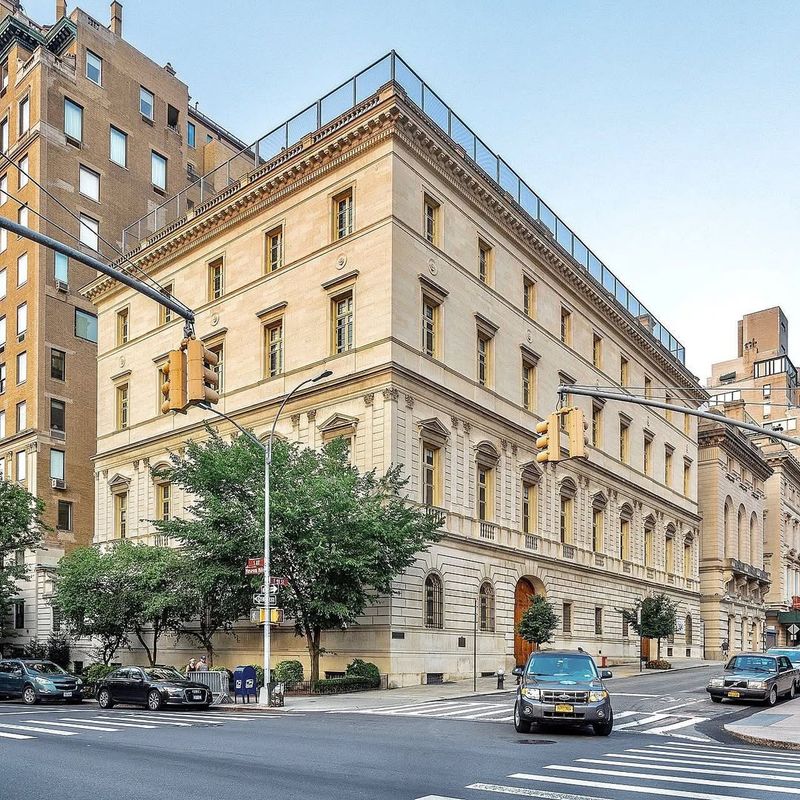
Built in 1918, the Kahn Mansion is a Renaissance Revival masterpiece, reflecting Otto Kahn’s legacy in arts and finance. Its elegant architecture and lush gardens showcase a blend of cultural sophistication and financial prowess.
Its grandeur and historical significance continue to resonate, celebrating Kahn’s enduring impact on Manhattan’s cultural renaissance.
18. Lehman Mansion
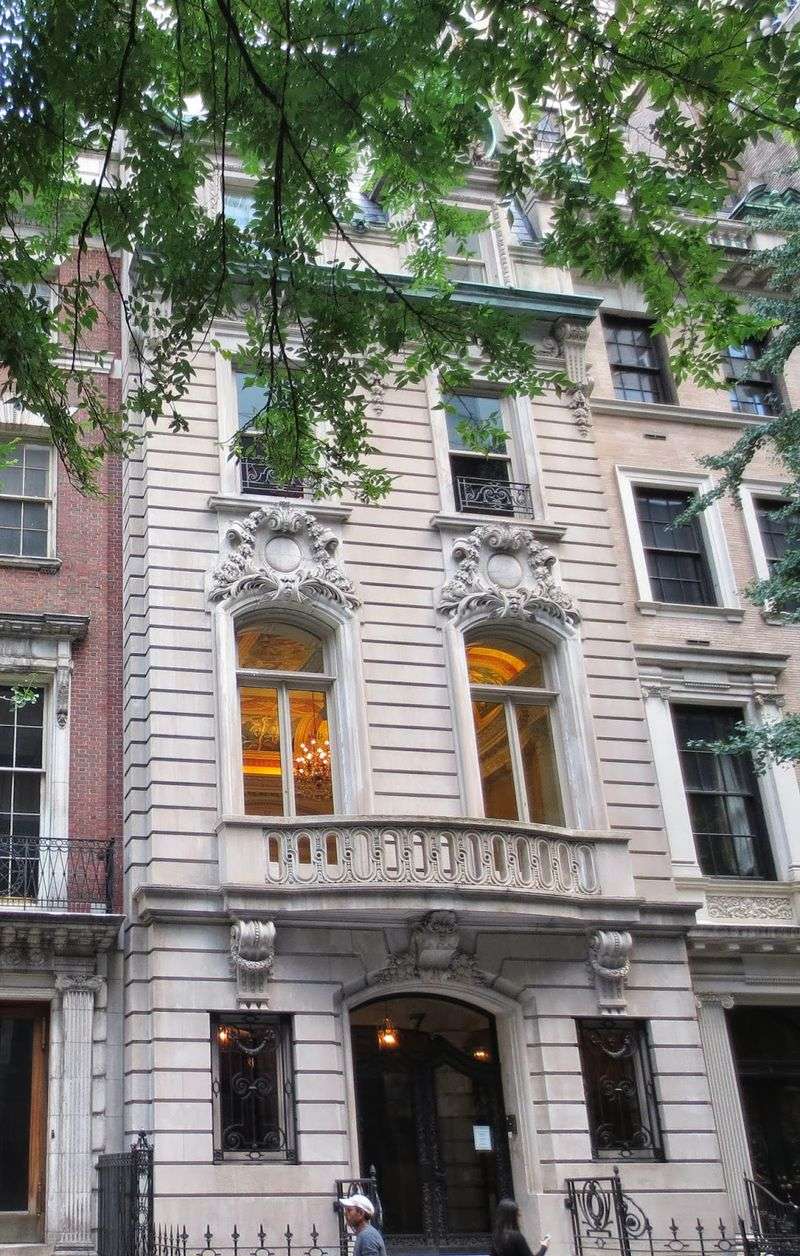
The Lehman Mansion, completed in 1903, epitomizes Colonial Revival sophistication. Its elegant columns and stately presence reflect the Lehman family’s influence on finance and politics. This mansion was a center for political discourse and financial strategy, playing a pivotal role in shaping national policies.
Its historical charm and legacy of leadership continue to inspire, highlighting the Lehman family’s contribution to Manhattan’s dynamic history.
19. Havemeyer Mansion
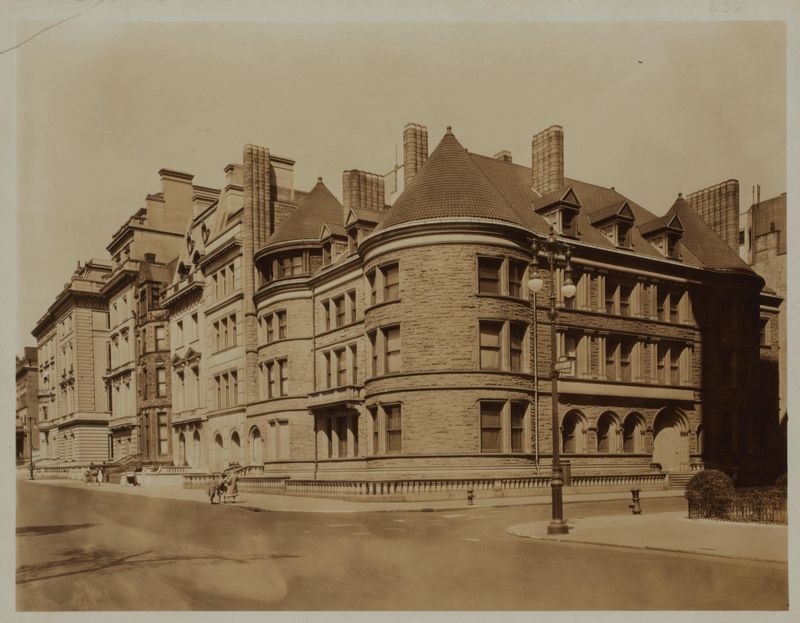
In 1891, the Havemeyer Mansion rose as an Italianate marvel, reflecting the family’s legacy in sugar refining and philanthropy. Its intricate mosaics and classical sculptures showcase opulent design and artistic patronage.
The mansion was a beacon of cultural enrichment, hosting art collections and social events that influenced Manhattan’s cultural evolution. Its gran
deur and historical significance endure, celebrating the Havemeyer family’s enduring impact on art and society.
20. Belmont Mansion
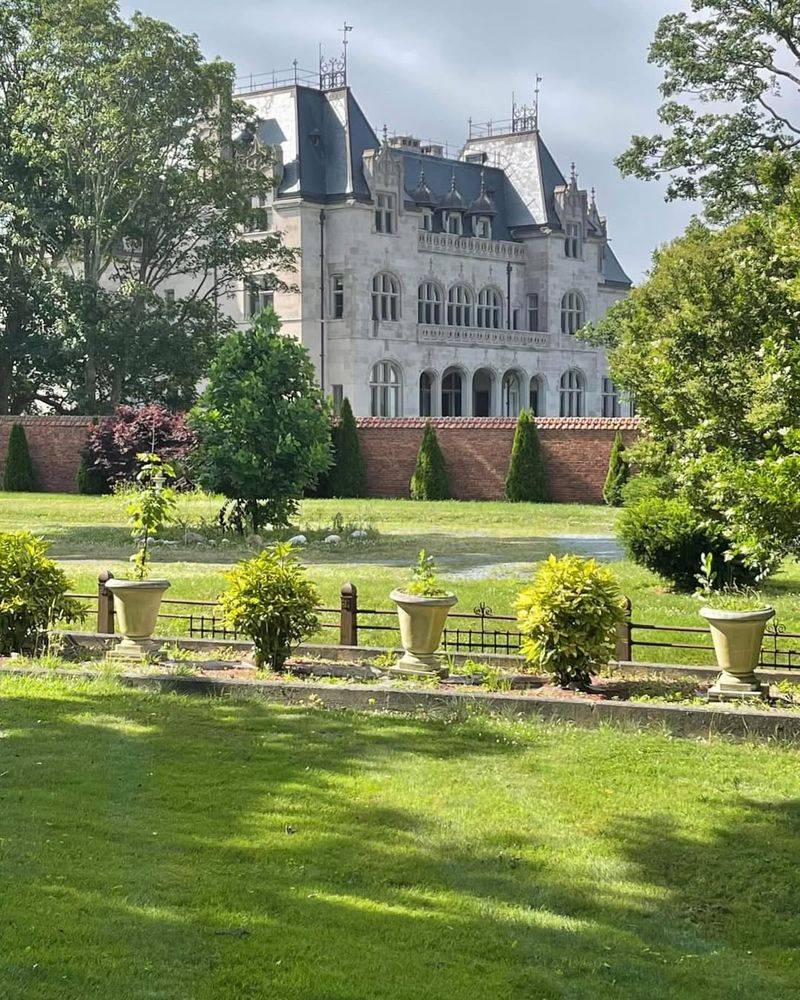
The Belmont Mansion, built in 1905, stands as a Beaux-Arts testament to grandeur and influence. Commissioned by financier August Belmont, its elaborate facades and luxurious interiors reflect his prowess in finance and horse racing.
The mansion was a hub for elite gatherings and strategic decisions that shaped industries. Its architectural brilliance and cultural significance continue to inspire, highlighting Belmont’s legacy in transforming Manhattan’s high society.

